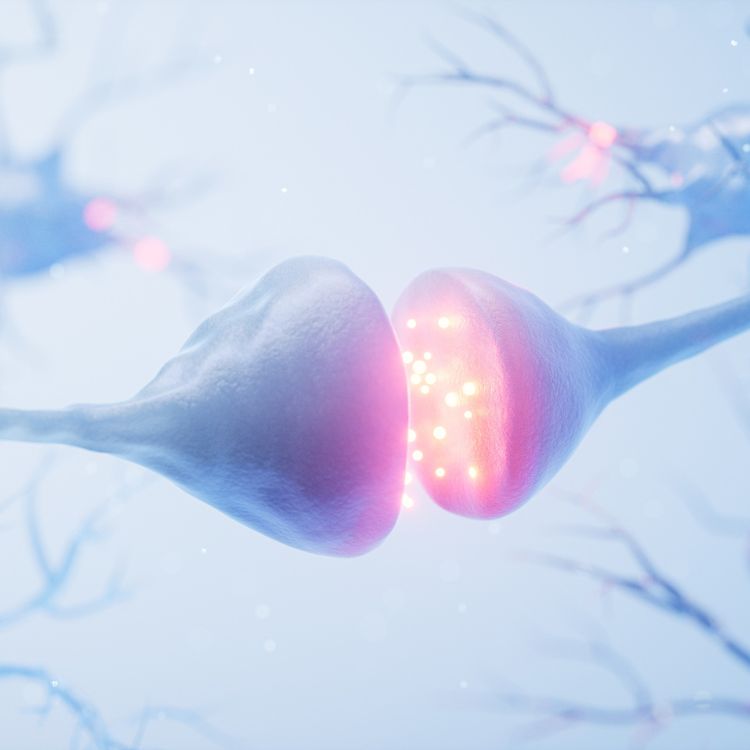At Mays & Schnapp, we take these symptoms seriously. Our team understands the complexity of pelvic and chest wall pain and offers thoughtful, personalized treatment to help relieve pain and restore function.
Understanding Pelvic and Chest Wall Pain
Pain in the pelvic or chest wall region can have a wide range of causes, from muscle or joint strain to nerve irritation or referred pain from other conditions. In many cases, the pain is musculoskeletal, originating in the soft tissues, joints, or fascia, but it may also involve the nerves or result from prior surgery or trauma.
Pelvic pain may feel like deep pressure, cramping, or aching in the lower abdomen, hips, or groin. It may be related to posture, movement, or previous injury. Chest wall pain can feel sharp, stabbing, or tight across the front or side of the chest and may worsen with certain motions or breathing.
Because these areas are close to vital organs, it’s important to rule out any serious underlying issues. Once those are excluded, our focus shifts to treating the pain at its source.
How We Diagnose and Treat Pelvic and Chest Wall Pain
At Mays & Schnapp, we start with a detailed evaluation that includes a physical exam and a thorough discussion of your symptoms. When needed, we use imaging or other diagnostic tools to help identify muscle strain, joint dysfunction, nerve compression, or inflammation.
Treatment plans are built around your individual needs and may include:
- Physical therapy to improve movement and relieve strain
- Trigger point injections or nerve blocks for targeted pain relief
- Myofascial release and manual therapy
- Anti-inflammatory medications or muscle relaxants
- Pain education and body mechanics training to prevent recurrence
Our team may also coordinate with your primary care physician, gynecologist, or other specialists to ensure a complete and collaborative approach to your care.





